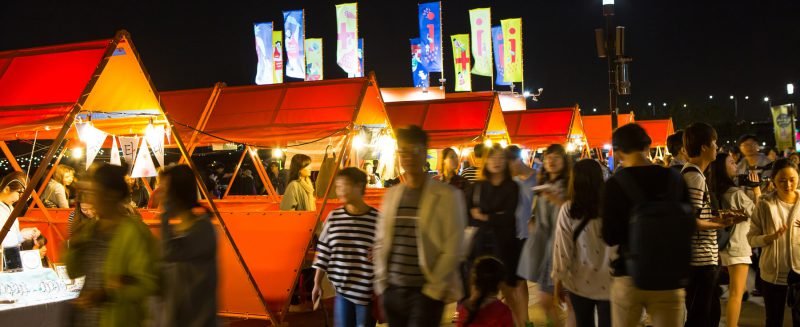MVRDV’s Village In The Cloud
For some reason Dutch architects think that they must be provocative. Remember Rem Koolhaas’s ‘Fuck the Context’, or plans like his CCTV Tower in Beijing and this hotel in Zaandam by WAM Architects that combines modern building principles and traditional lay-out. The architects of MVRDV describe a pair of luxury residential skyscrapers that they plan to build in Seoul as rising through a “pixelated cloud”. Their building looks incredibly beautiful and stimulates fantasies about high-rise villages and communities in the air. Nevertheless, others say that the buildings look like the Twin Towers under attack on 9/11. And, to be honest, one can not ignore that similarity.


On the other hand, MVRDV says to be solely interested in The Cloud as meeting space in between the towers and denies that the design has a provocative element. Anyway, the provocation is only interesting for bloggers and critics discussing the building in the design phase, but the tower will be built according to the original plan and should work then. This is what MVRDV says about the towers:
“The two towers are positioned at the entrance of the Yongsan Dreamhub project, a master plan designed by Studio Libeskind, extending the business district of the South Korean capital Seoul. The southern tower reaches a height of 260 meters with 54 floors, the northern tower 300 meters with 60 floors. Halfway, at the level of the 27th floor the cloud is positioned, a 10 floor tall pixelated volume, connecting the two towers. The cloud differentiates the project from other luxury developments, it moves the plinth upwards and makes space on ground floor level for public gardens, designed by Martha Schwartz. (…) Inside the cloud, besides the residential function, 14,357m2 of amenities are located. The sky lounge – a large connecting atrium, a wellness centre, conference centre, fitness studio, various pools, restaurants and cafes. On top of the cloud are a series of public and private outside spaces, patios, decks, gardens and pools.”

Whether this Cloud idea will work is an interesting question. Examples from the past show that indoor services that focus on the skyscraper’s inhabitants generally fail because of a lack of customers. But as The Cloud represents a complete village it might work here. We’ll find out in 2015, when the towers should be completed.
[adrotate banner=”3″]



